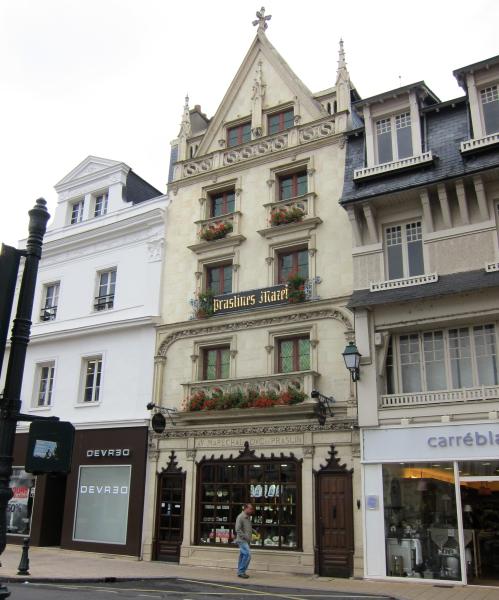- Read offline
- Access all content
- Use the in-app Map to find sites, and add custom locations (your hotel...)
- Build a list of your own favourites
- Search the contents with full-text search functionality
- ... and more!
pralines
toasted almonds or hazelnuts in sugar
There are several kinds of pralines. They can be sugar-coated caramelized almonds, hazelnuts or peanuts (the kind you get at the fun fair) or named after the 17th-century Maréchal de Plessis-Praslin, governor of the citadel of Blaye on the Gironde estuary, after they were invented by his chef Clément Jaluzot (the aristos always get all the credit!). They are now sold around the Gironde as the pralines de Blaye.

In 1636, Clément Jaluzot returned to his native Montargis in the Centre-Val de Loire and opened the shop selling his original Prasline de Montargis, which are so good the shop is still in business, although now called Mazet Confiseur.
Pralines Roses
Later these were made with dyed sugar to become pralines roses, a speciality of Lyon (in Belgium these are called chouchous).
Images by Art Anderson, bbte, Ji-Elle.CC BY-SA 4.0, PD

